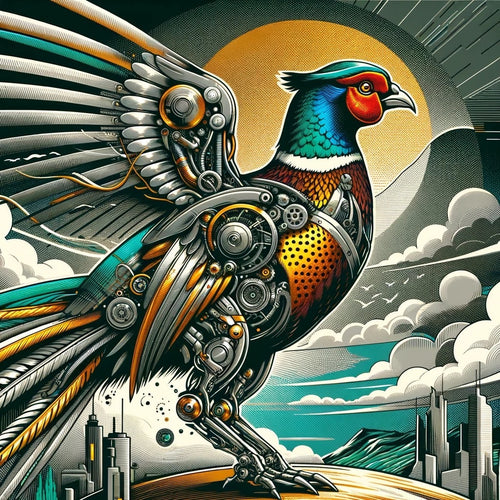The
If you recall in a previous section...
We discussed the three parts of the knife handle that we didn't have to think about as they were "already designed for us" purely because of the shape of our hands. The images below are a quick re-cap of what we were talking about.



Remember, we're aiming to make the world's best knife...
This means function is #1. So the areas highlighted above on the knife don't have a lot of room for changes. We have a little to play with - but not much. But we can pretty much do what we like with the other areas:
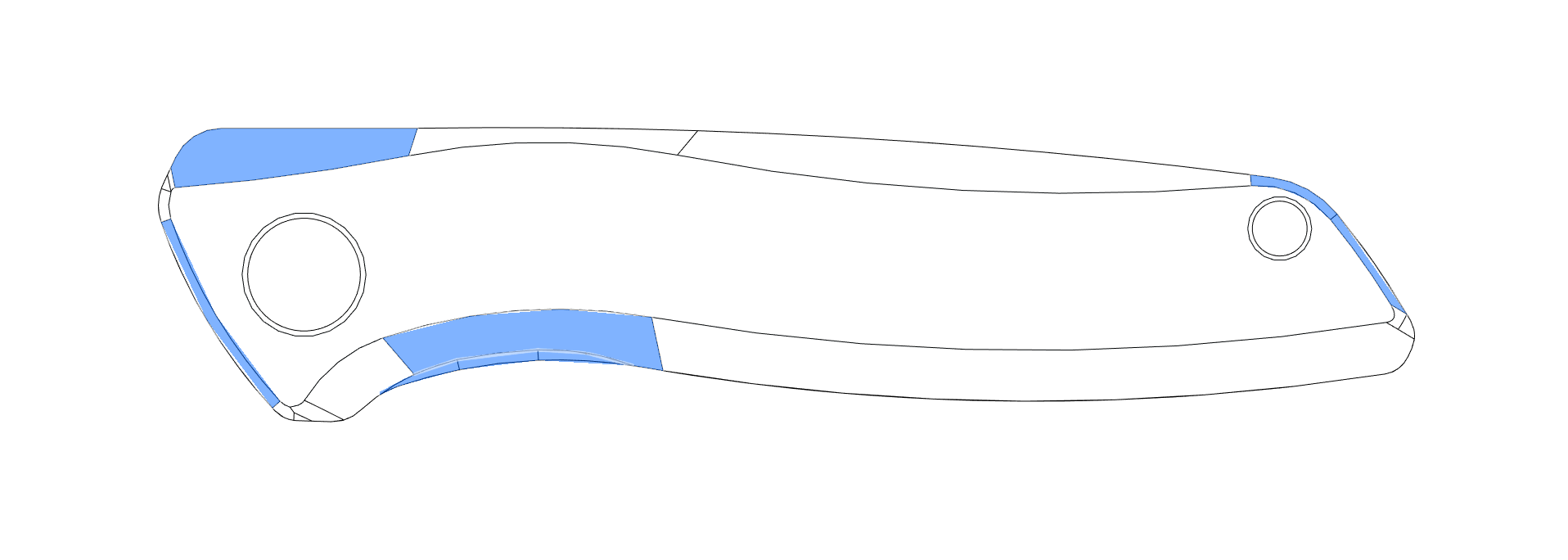
Here's the tricky thing:
The design is already done and so it's difficult for you to see "over my shoulder" on this particular aspect (don't worry though, because there is going to be a ridiculous amount of over-my-should-and-behind-the-scenes stuff coming up!).
What I can do however is to highlight a number of things and why I did them. This will essentially bring you up-to-speed.
Before before we go into that...
Here's MY Designing Secret
It may not actually be a secret (but it certainly feels like one).
The first product I designed over 10 years ago was a titanium bottle opener (which I crowdfunded on Kickstarter with significant success). I don't know whether it's a good or bad thing - but I've never studied design in any way. I've just kind of done my own thing.
The thing I figured very early on was that, if you try to remove as much as possible from a design, it's pretty much guaranteed to improve it. This was something I did from day one - but it was just pure dumb luck I started doing it.
By "remove as much as possible" I really mean that. From design lines all the way through to material on the actual product ...it should not be there if possible.
Just to be clear:
This is how I do it. I genuinely have no idea how others design (hell, maybe everyone does it like this).
You probably already noticed on the designing of the blade we discussed in a previous section ...there is just the simple drop-point shape and the main bevel. That's it. To me there is no need to add anything along the spine of the knife or anything like that. I pretty much never add anything to a design ever.
I feel it is important you understand this "bigger picture" of how I design things, because it then automatically explains all the "little things" in the design as we go forward. Hopefully this makes sense to you.
Okay, back to the design...
Now you understand what is essentially my "design philosophy" of removing everything I can ...it's easier for me to explain various parts of the design to you (so, yeah, everything I just told you was really just to make it easier on myself).
The Rear Of The Knife
Let's take a look at this area of the knife:
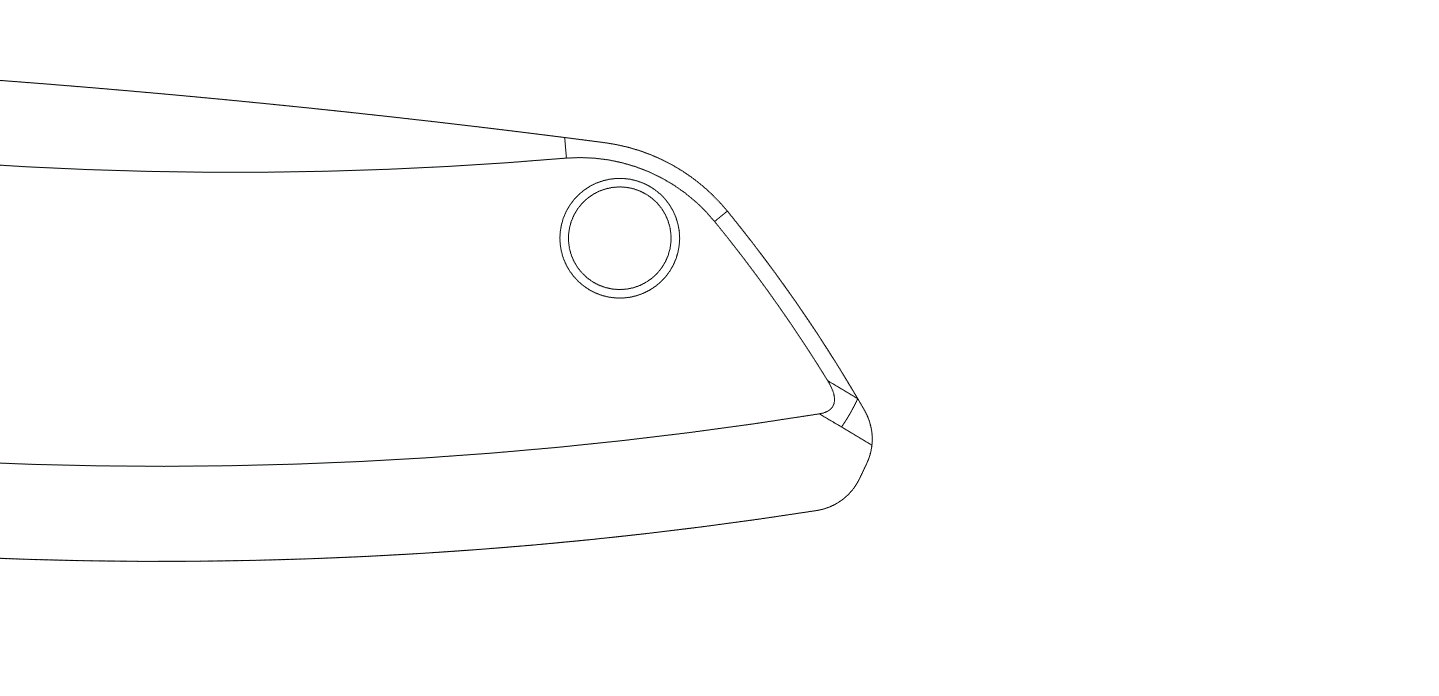
The size of the scales are determined by the size of the blade. Although we've not talked about the specific length of the blade yet (but will do soon), I already know it's going to be a decent size. Not small ...but not huge. Now, because the blade must fit inside the scales, I know the handle of the knife is going to be big enough for most hands (because the length of the scales are at least as big as the blade).
Knowing this, I don't have to worry about leaving the scales a minimum size. I can remove anything that doesn't need to be there (as per my design philosophy).
So let's take a look at the blade in the closed position within the scales:
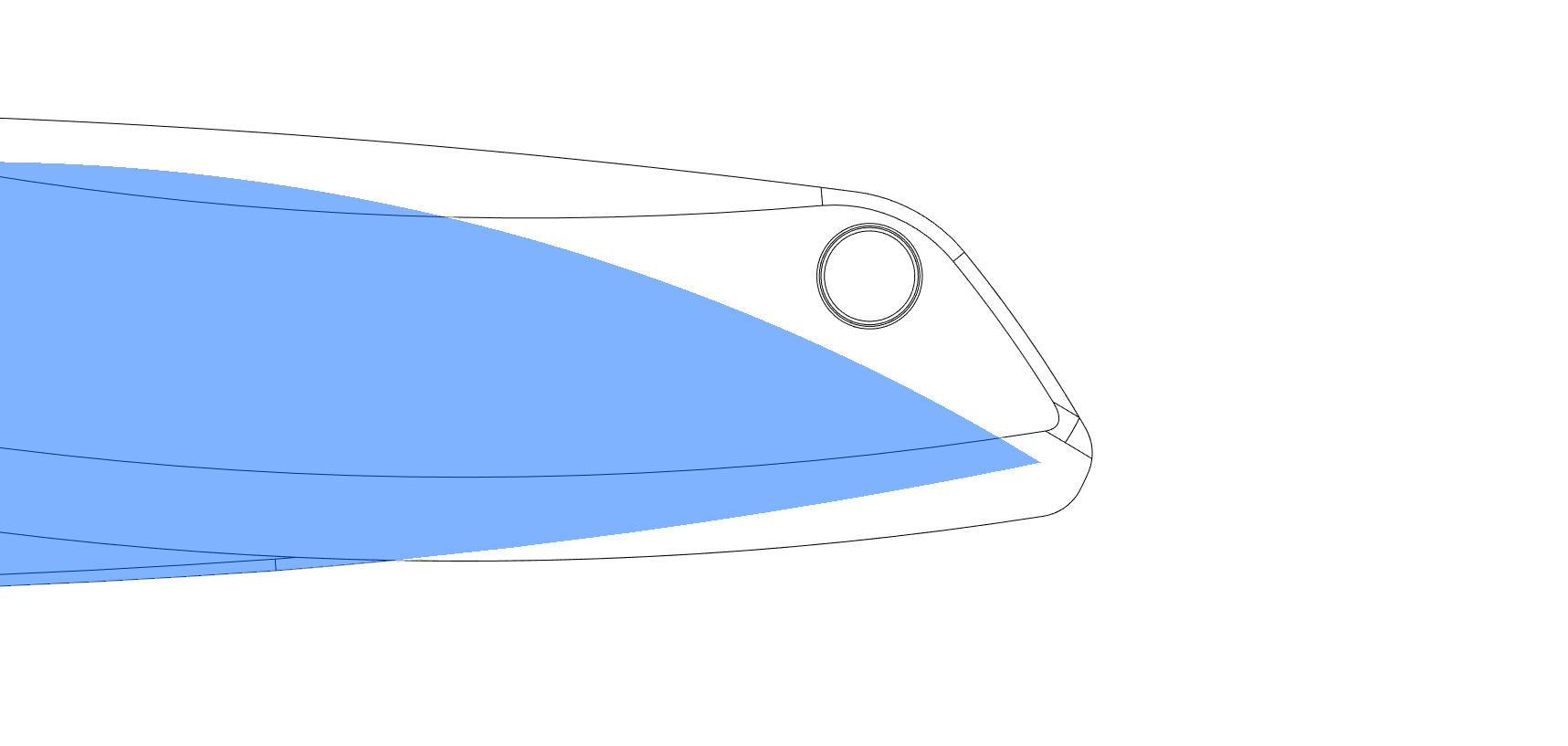
You can see the tip of the blade is about as close as you'd want it to be to the edge of the scales.
In fact, the tip might even be too close to the edge. We won't really know until we get the prototype stage. I tend to aim at the ideal design -- rather than play it safe -- and make adjustments only if I have to.
We have a huge amount of choice in in terms of the angle of the rear of the knife. As long as the backspacer or standoff doesn't interfere with the blade in the closed position ...we can do what we want really.
Here's some angle options we could have used:
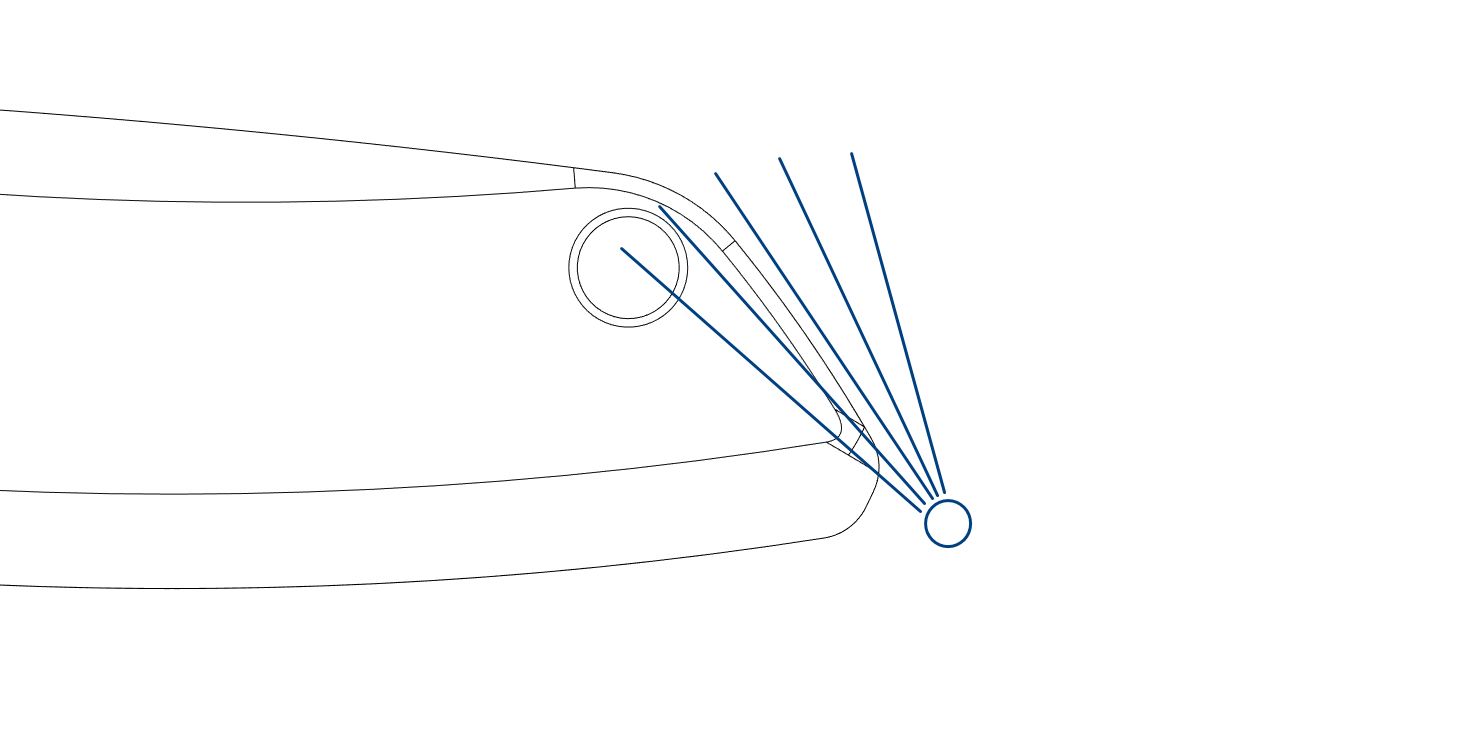
From having designed a number of knives previously... getting the rear of the knife to look good is something I've found VERY difficult to get right. Typically it's one of the areas I spend the longest on (and this knife was no exception).
It really just comes down to just playing with the lines, adjusting and tweaking until it looks right.
One thing that's typically a good guide is lining it up with the front of the knife. In this case lining it up exactly did not work. The angle that did end up working was very close though:
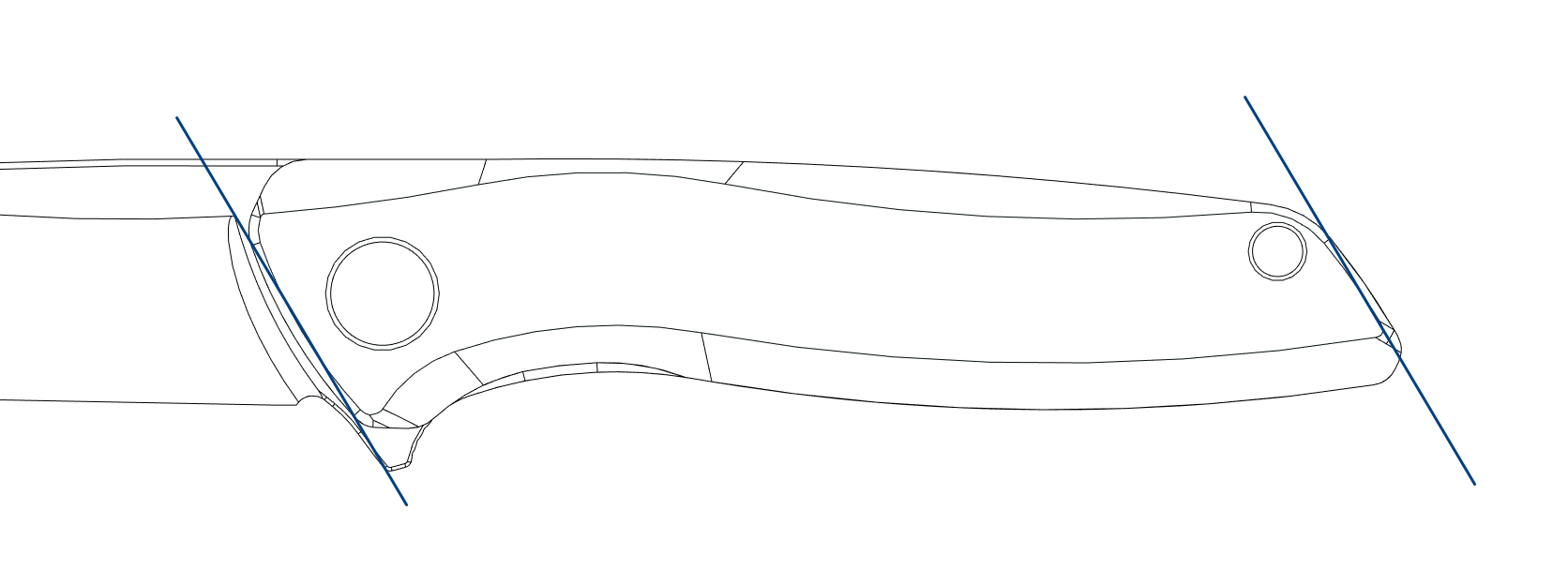
There were many, MANY small tweaks and adjustments to get the rear to work. This had to be done in combination with the rest of the knife. In fact, everything I've been talking about so far were all done mostly at the same time - this is typically how designing goes. A change to one small area or line can affect how another area looks ...so you're kind of adjusting everything at the same time.
The "Wave"
You may have observed...
With most products or designs there typically is one stand-out feature. It may be some major part of it ...or just a "little thing". Regardless... there is almost always one visual thing your eye will gravitate to every time.
Just to be clear:
This is just an observation I have made -- not anything I've read or studied as being a design principle or such -- but I'm guessing it's a known thing among designers though.
It makes sense to me though. It's like pretty much like most movies you watch ...there are plenty of characters and things happening throughout ...but only ONE hero.
The wave is essentially the "hero" of this knife - this is what your eyes are drawn to every time. In fact, this is so much the case, I guarantee you already knew what I was referring to early when I mentioned "the wave" for the first time. I didn't even have to point it out to you.

But here's the interesting thing...
I can make a hundred different tweaks to the above design and, as long as I leave the wave feature there to some degree, it's the same knife.
BUT, should I remove just the wave from the design, it will absolutely be a different knife.
The wave feature IS the knife.
Let's dig a bit deeper:
There are a few things happening at the same time with the wave design on the knife.
Remember how I said earlier that I'm all about removing as much as possible from a design? Well, if that was a "rule", it's important to know when it is absolutely critical to break the rules. Adding something to the design of the scales of the knife in this case is what was required.
Before I added the wave aesthetic to the knife design, the outside profile of the scales was already (mostly) done.
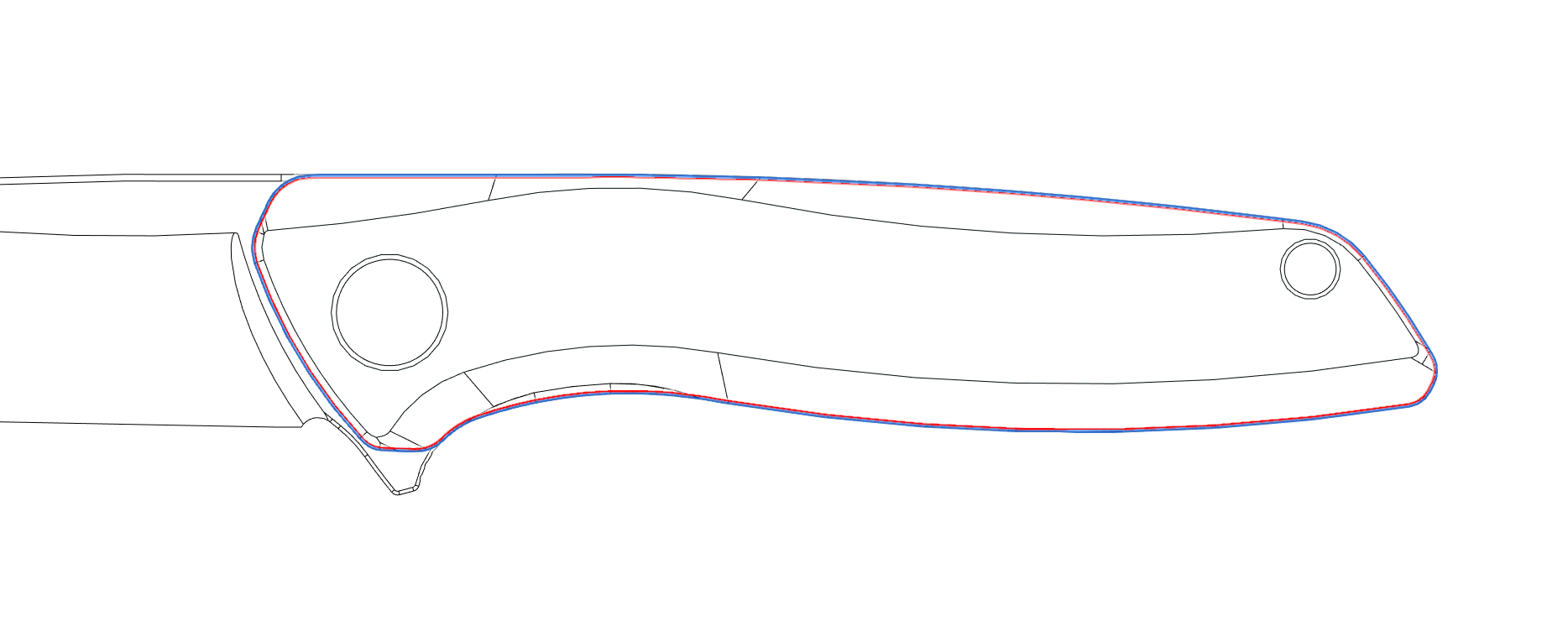
If you don't add any sort of line or feature into the scales, then you're at the mercy of the knife looking very much like a lot of other knives out there (because the functionality of the handle -- which comes directly from the shape of our hands -- is what determines this).
Here's the truth:
I can't take full credit for adding "the wave" to the design and this being the result I was specifically aiming for. The reason for this is because I didn't really know what I was specifically aiming for ...only roughly what I was aiming for. This is how designing goes most of the time - you have something you know you're kind of aiming for ...and you kind of circle around it making changes and trying things. What inevitably happens is:
You Know It When You See It
During the process of making changes and trying things related to the wave feature on the scales there came a specific instance where I knew THAT was what I was aiming for. In hindsight that wave feature seems obvious ...but, during the design process, it feels like you're just fumbling around in the dark.
Here's the thing though...
The wave feature in the specific design you see now was not the exact "wave line" I first sketched in the design software. It took a whole load of re-drawing, testing, deleting and trying again and again to REFINE it together with the rest of the knife.
Believe it or not, the refining process of designing is what takes most of the time. Making those ultra-tiny tweaks and modifications to various lines and dimensions is what takes any design from pretty much just a concept ...to something you actually feel comfortable and confident in turning into a physical product.
Nature's "Secret"...
Here's another observation:
Go out into nature -- and by this I mean anywhere that doesn't have anything made by man -- and look at everything. What you'll notice is that it's pretty much impossible to find a straight line anywhere. Nature does not seem to deal in straight lines.
But look at pretty much everything man-made and you'll see hardly anything doesn't have a straight line somewhere ...and quite often everywhere.
The truth is...
The wave feature on the knife is just one part of the design, together with every other line on the rest of the scales and blade, that is not a straight line. All of this is absolutely on purpose. Take a look at the knife again:

This knife has a very natural and organic look to it. It's not just the wave that does this - it's by ensuring there are no straight lines in the design anywhere.
In the next section we're going to flip the knife around and look at the pocket-clip side.
<<< Previous Section -- Making "The World's Best Knife" <<<
>>> Next Section -- [] >>>
